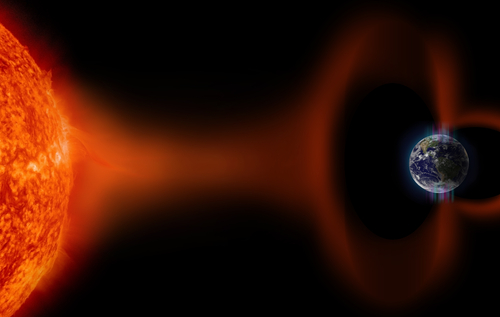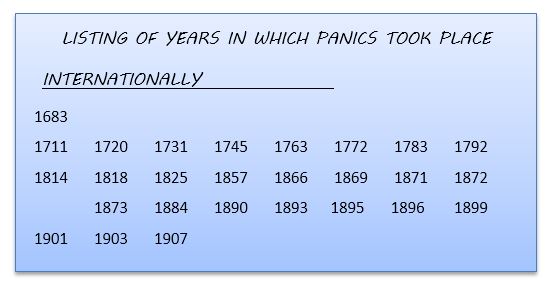Solar storms are important events yet they come in different sizes and different types. They are caused by disturbances on the Sun, and are most often coronal clouds associated with coronal mass ejections (CMEs) that are produced by solar flares emanating from active sunspot regions. They can also erupt from rarer coronal holes. Solar filaments (solar prominences) may in fact also trigger CMEs. What is interesting is that putting the data into our computer produced an 8.6-year cycle that operated in intensity peaking every 224 years. Here is the list of the major solar storms:
2225 BC
1485 BC
≈660 BC
95 AD
265 AD
774–775 carbon-14 spike (“Red Crucifix” aurora event over British Isles)
993-994 carbon-14 spike (Intense auroras that migrated south during the 990s)
1460 AD
1505 AD
1707 AD
1709 AD
1719 AD
There was a very major storm in 660 BC as well as the Red Crucifix event of 774/775 AD. The event of 774 is the strongest spike over the last 11,000 years in the record of cosmogenic isotopes, but it is not unique by far. Nevertheless, the event of 774/775 AD appears to have been global, with the same carbon-14 signal found in tree rings from Japan, Germany, Russia, the United States, and New Zealand. A similar event occurred in 993 or 994, but it was only 0.6 times as strong and also in 660 BC.
The intensity follows a cycle of 224 years in duration which comports to the same time frame that revealed the Economic Confidence Model. The period of 224 years divided by 26 financial waves of panic revealed the frequency of 8.6-years which was a derivative of Pi – 3,145 days. There are events which take place on the half and quarter cycle events as well, but of course, they differ in intensity. It appears to have also signaled the shift in the sun would have taken place about 2006. Indeed, Sunspot 905 during 2006 showed up warning that the field was reversing the magnetic polarity. With the aura once again moving south, it appears that we are headed into a phase where solar storms will increase. The sunspots have declined sharply 8.6 years later and this warns we may have strange weather into 2024.











